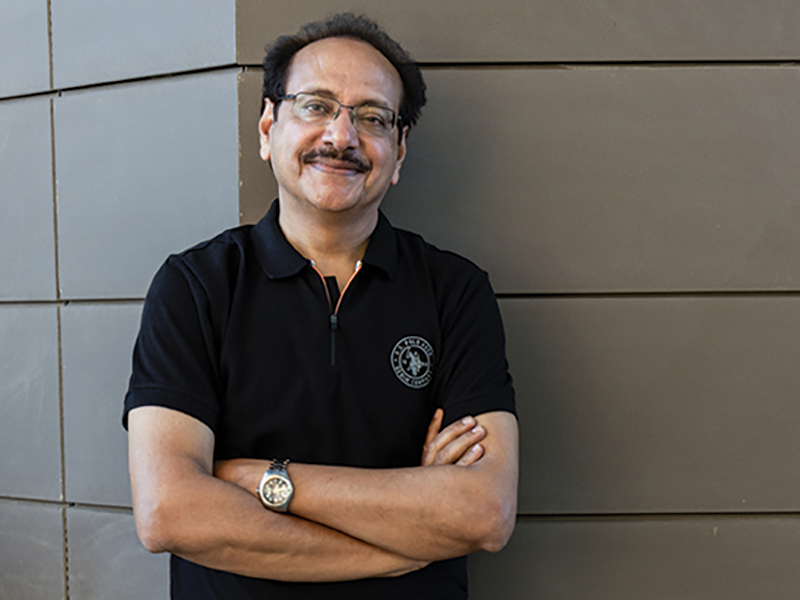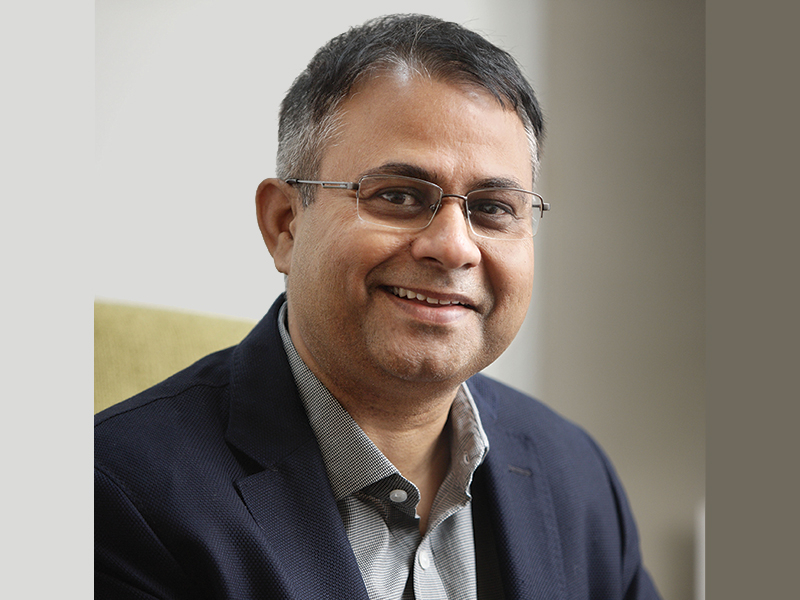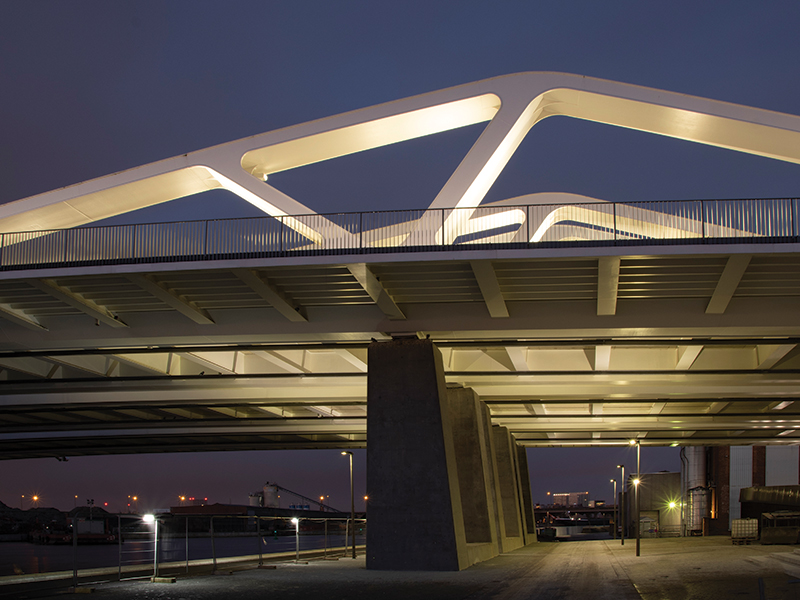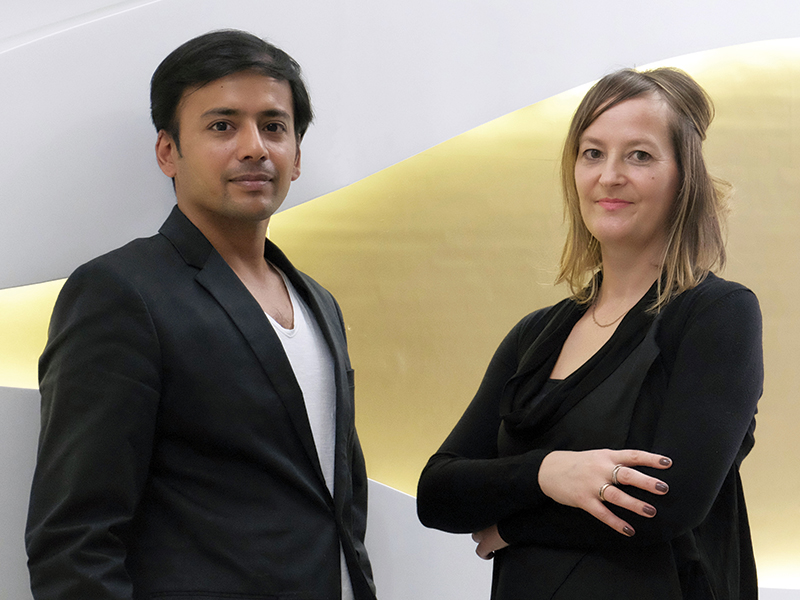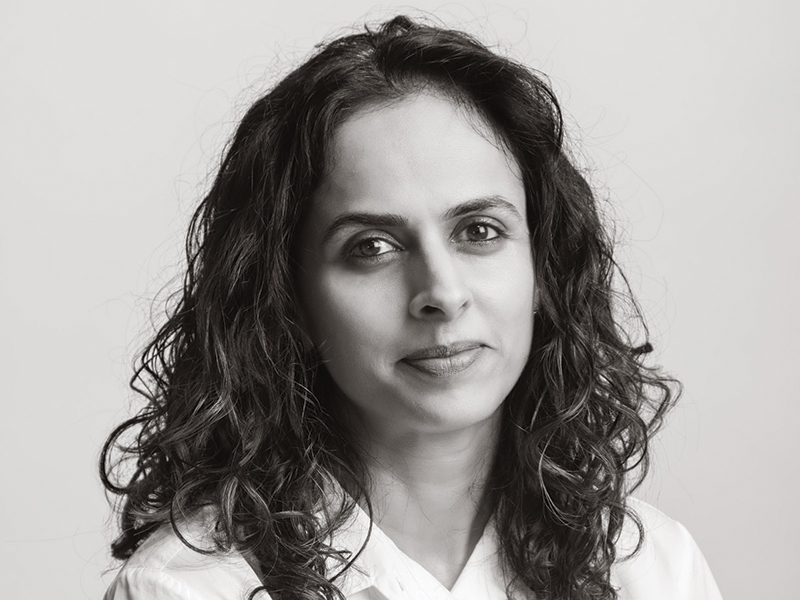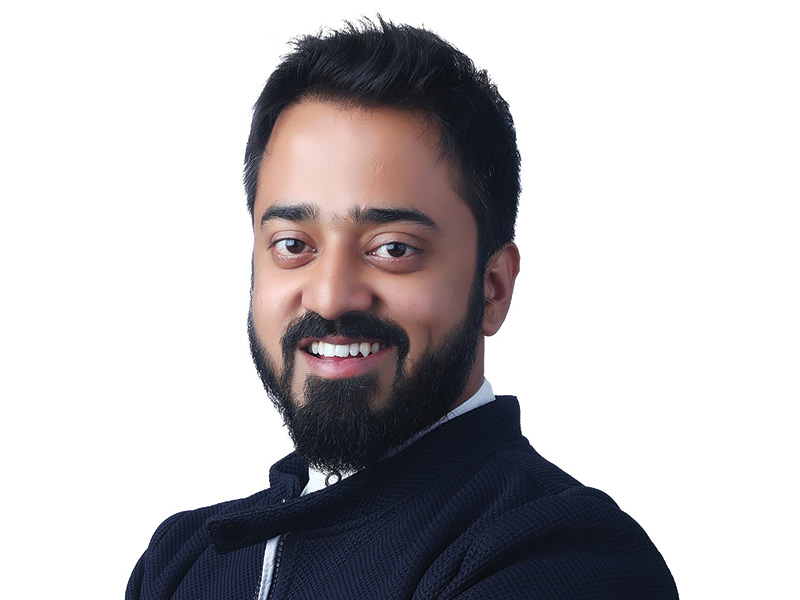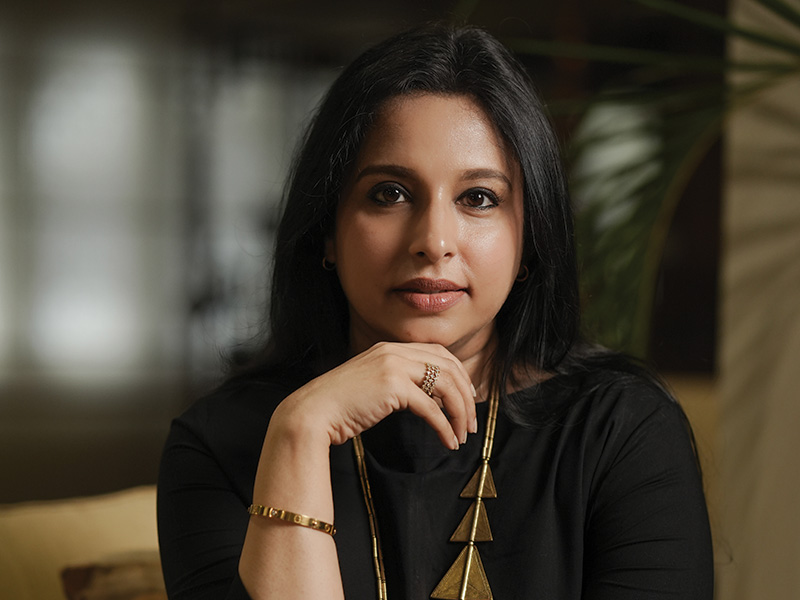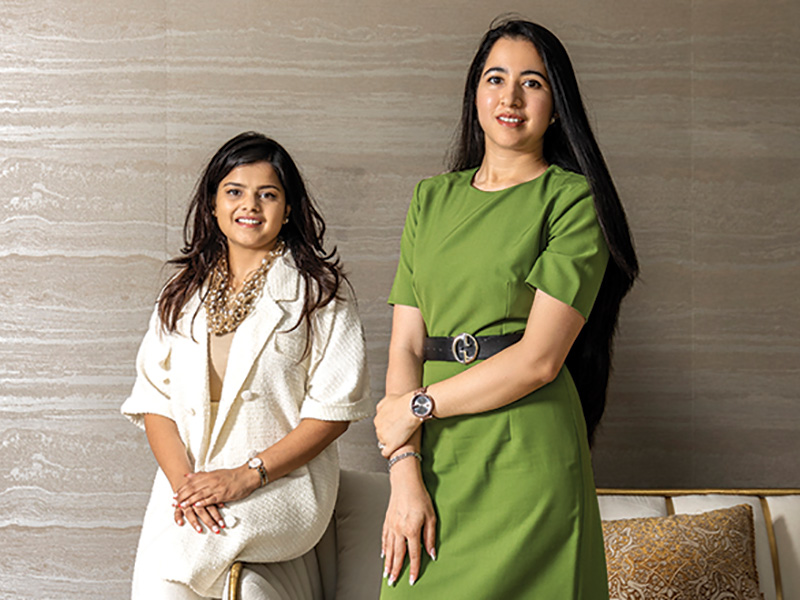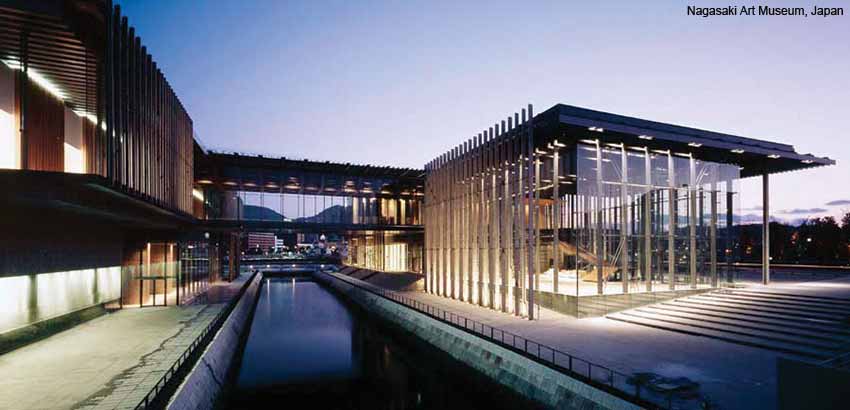
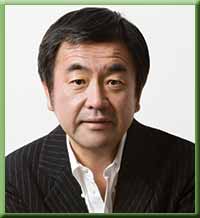
"Architecture must not be an object but merely a device to frame life and the environment. We at Kengo Kuma & Associates take great care in ensuring that our buildings achieve this and it is the best manifested in our meticulous attention to details."
Born in Kanagawa, Japan in 1954 Kengo Kuma has completed his master's degree at the University of Tokyo in 1979. From 1985 to 1986, he studied at Columbia University as Visiting Scholar and in 1990 he established Kengo Kuma & Associates in Aoyama, Tokyo. From 2001 to 2008 he taught at the Faculty of Science and Technology at Keio University and in 2009 he joined the University of Tokyo as a professor.
Kuma aims to 'recover the tradition of Japanese buildings' and to reinterpret it for the 21st century. "Architecture in the 20th Century was about creating contrast between the building and its context but in the 21st Century, buildings should be perfectly blended in with its environment.
"I want to erase architecture and that's what I've always wanted to do and it's unlikely I'll never change my mind, said Kuma." Erasing architecture, making it transparent and preventing the appearance of any object, this is a recurrent problem-set in the already abundant and varied work of this Tokyo-based architect. In his work produced between 1986 and 1991, Kuma explored heterogeneous collage, brutal superposition, and stylistic interference. It is his intent to dissolve this architecture of chaos in the actual chaos of the fast changing Japanese city.
Expressing his opinion about the architecture he revealed, "architecture must not be an object, but merely a device for the framing of life and the environment. We at Kengo Kuma & Associates take great care in ensuring that our buildings achieve this and it is the best manifested in our meticulous attention to details.
Works and recognitions
Among Kuma's major works are the Kirosan Observatory (1995), Water/Glass (1995, for which he received the AIA Benedictus Award), Venice Biennale/Space Design of Japanese Pavilion (1995), Stage in Forest, Toyoma Center for Performance Arts (1997, for which he received the 1997 Architectural Institute of Japan Annual Award), Stone Museum (2000, for which he received International Stone Architecture Award 2001), Bato-machi Hiroshige Museum (2001, for which he received The Murano Prize). Recent works include Great Bamboo Wall (2002, Beijing, China), Nagasaki Prefectural Museum (2005, Nagasaki, Japan), Suntory Museum of Art (2007, Tokyo, Japan), and Nezu Museum (2009, Tokyo, Japan). A number of large-scale projects are now going on in Europe and China, such as an arts centre in Besancon City, France, and the development of the Sanlitun District in Beijing, China.
Other than the above he had also received the International Spirit of Nature Wood Architecture Award in 2002 (Finland), International Architecture Awards for the Best New Global Design for "Chokkura Plaza and Shelter" in 2007, Energy Performance + Architecture Award in 2008 (France), Decoration Officier de L'Ordre des Arts et des Lettres in 2009, Mainichi Art Award for "Nezu Museum in 2010, and so on. Receiving numerous recognition and awards for his architectural design, Kuma is still designing architectural buildings with the inspiration of light and nature to achieve his goals.

